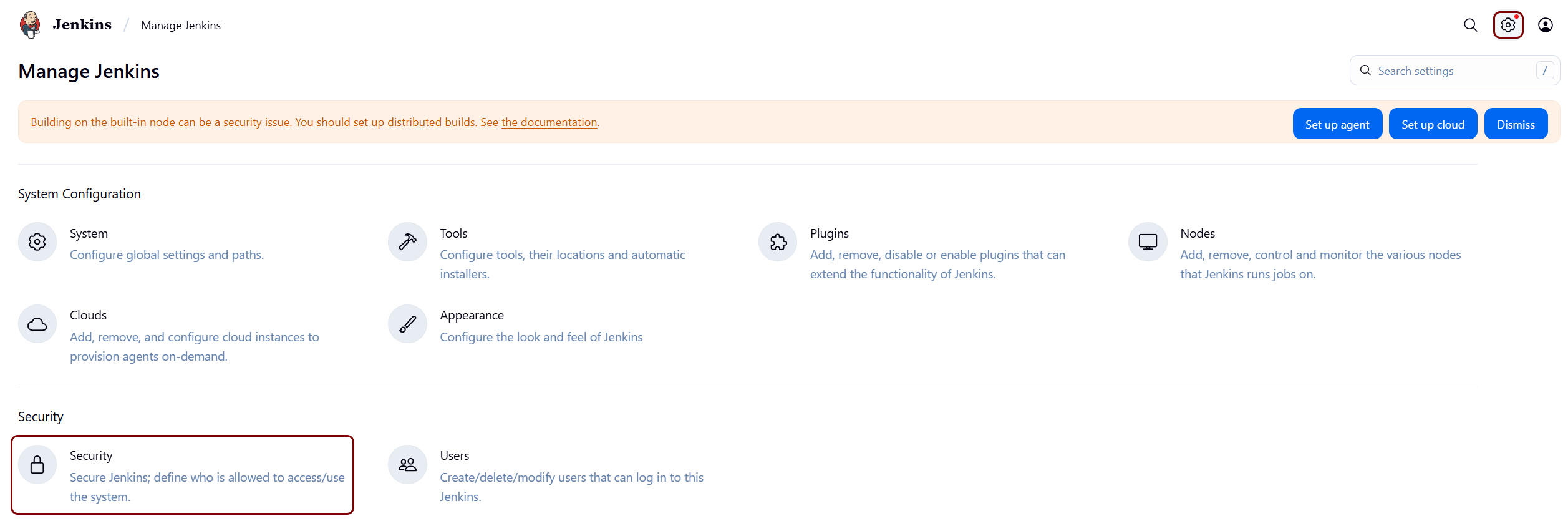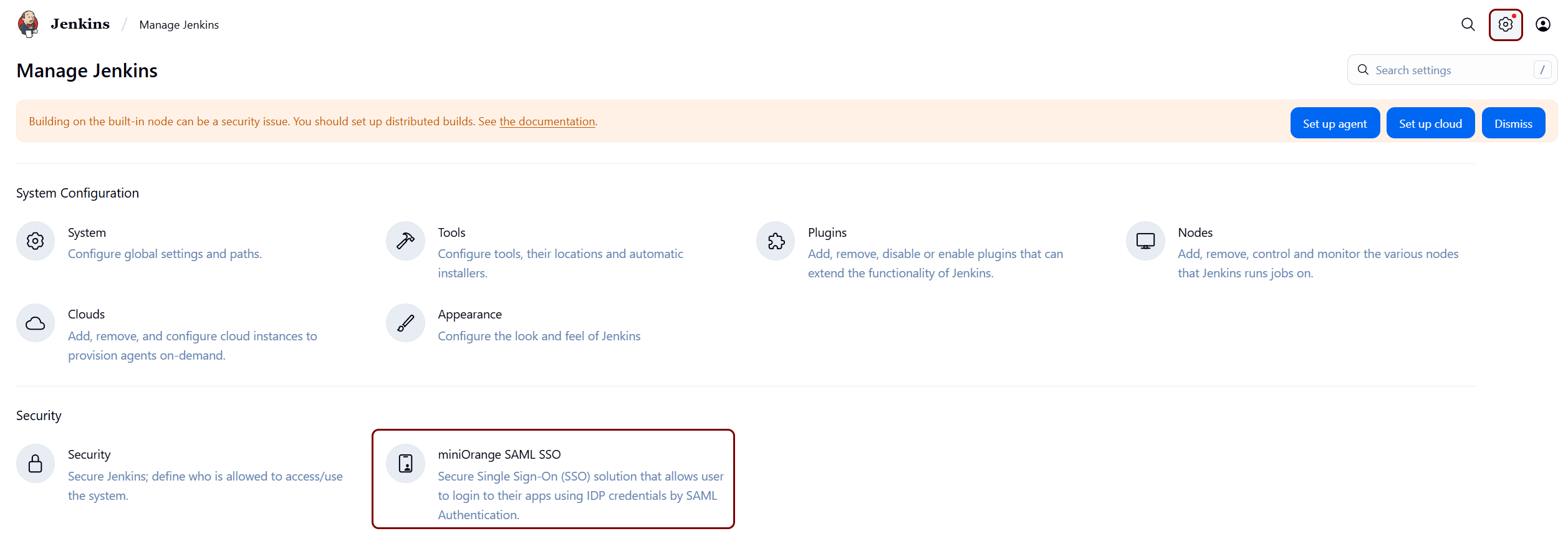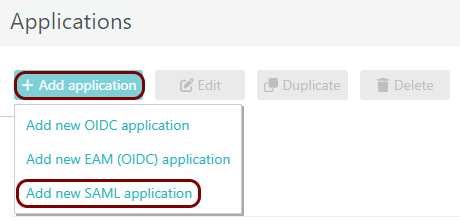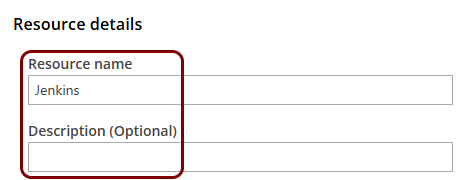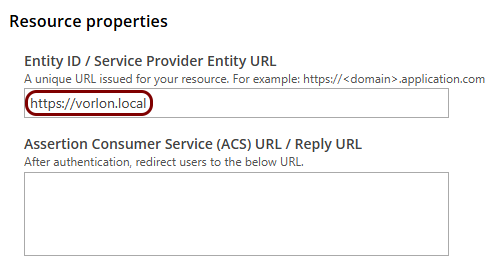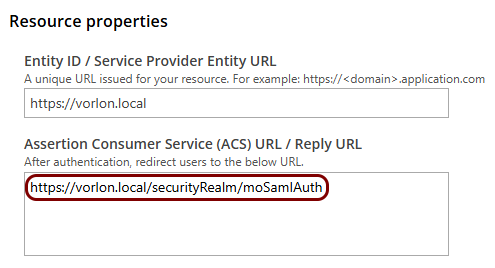Integrate Jenkins with Zero Trust Network Access
In this topic, you will find general instructions on how to integrate Jenkins installed on-premises with Portnox™ Zero Trust Network Access.
Prerequisites:
-
Jenkins installed on-premises (Windows or Linux) on a virtual or physical machine with Internet access.
-
A domain configured in a local DNS server, with Jenkins accessible using that domain (for example, vorlon.local).
-
Jenkins configured to run over HTTPS (a self-signed certificate is acceptable for testing), on the default HTTPS port: 443.
If everything is set up correctly, you should be able to access Jenkins using a URL such as https://vorlon.local/.
Install the Jenkins miniOrange SSO plugin
In this step, you will install the miniOrange SAML SSO plugin for Jenkins.
Create a Portnox Cloud application configuration
In this step, you will create a configuration in Portnox Cloud that will contain all the information necessary to integrate with Jenkins.
Copy configuration values from the Jenkins tab to the Portnox tab
In this section, you will copy the values displayed in your Jenkins SAML SSO setup section, and paste them in the relevant fields in Portnox Cloud.
Copy configuration values from the Portnox tab to the Jenkins tab
In this section, you will copy the values displayed by Portnox Cloud and paste them in the relevant fields in the Jenkins SAML SSO setup section.
Finalize the configuration
In this section, you will finalize the configuration in Portnox Cloud and Jenkins.
-
Finalize the configuration in the Portnox tab.
-
Finalize the configuration in the Jenkins tab.
Result: You have configured your on-premises Jenkins installation to be accessible using Portnox Zero Trust Network Access.



